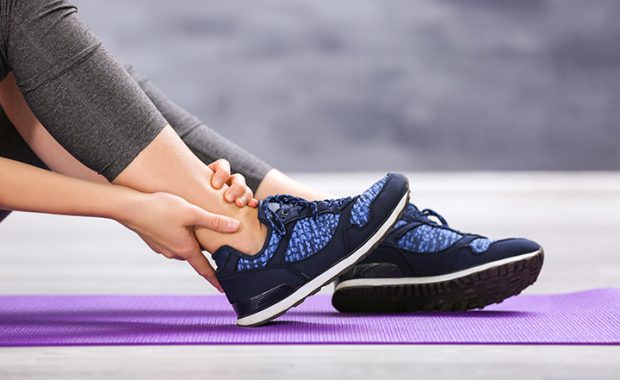(NC) During winter, many of us go outside to enjoy traditional cold-weather activities like skiing, skating and snowshoeing. But it’s not uncommon to sustain an injury. When that happens, you need to know the difference between a strain and a sprain, how to treat them and when to see a doctor.
A sprain is when you injure a ligament, which is the tissue that connects bones at a joint. If it’s a mild sprain, then it’s likely stretched, but more serious sprains happen when the tissue tears.
A strain is when you injure a muscle or tendon – what connects muscles to bones. Again, mild cases mean these tissues are stretched, and things get more serious if they are torn.
Dr. Kevin Velicaria, M.D. family medicine, says that the first-aid formula in all cases to follow is rest, ice, compression and elevation, more easily remembered by the mnemonic RICE.
Take time off to rest the injured area, apply compression soon after the injury with a bandage and apply ice to reduce swelling. Keeping the affected area elevated above the heart will also help alleviate swelling.
Over-the-counter products like Awaye can help relieve the pain. Developed in Canada, it is the only topical pain cream on the market that leverages the body’s own defence system by combining two pain-relieving agents with complementary mechanisms of action. It uses ß-Caryophyllene, a natural ingredient found in many natural oils used for the treatment of pain and inflammation, and capsaicin, one of Health Canada’s approved counterirritants.
If pain and swelling persist, Velicaria recommends visiting a doctor who can evaluate the severity of your injury and prescribe additional treatments.
